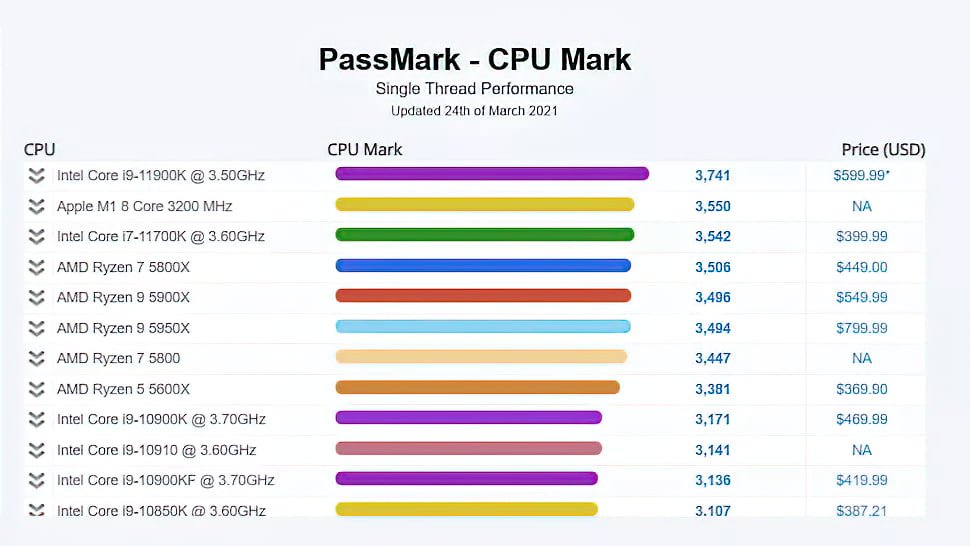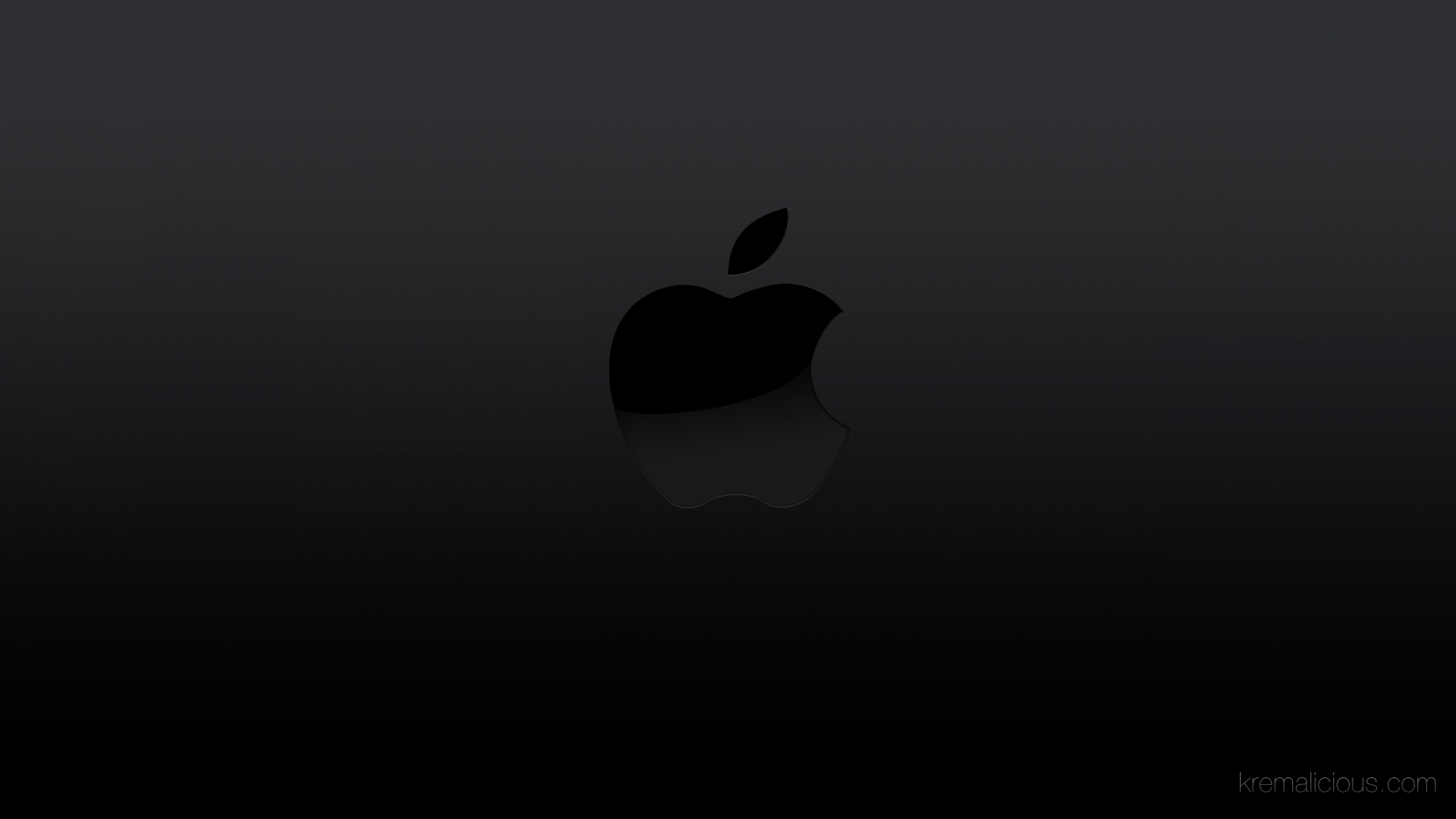The iMac, being my favourite computer, now after years Apple introduced an all-new iMac 2021 featuring a much more compact and remarkably thin design, made possible by using the new M1 chip. The new iMac design is just 11.5 mm thin, also losing the bulge in the middle which was needed to house cooling for the old Intel processor. While now featuring an even thickness, it is not having the true minimalistic edges on 2020 and earlier models. The stand is less pronounced in appearance and does not integrate in the housing as earlier 2020 model. The new iMac will be available in vibrant colors to match a user’s personal style. The new 2021 iMac, features a 24-inch 4.5K Retina display with 11.3 million pixels, 500 nits of brightness, and over a billion colors, delivering a great viewing experience.
| 2020 iMac model | 2021 iMac model |
| 27-inch (diagonal) 5K Retina display | 24-inch (diagonal) 4.5K Retina display |
| 5120‑by‑2880 pixels | 4480 by 2520 pixels |
| 500 nits brightness | 500 nits brightness |
| Wide color (P3) | Wide color (P3) |
The differences between the two models;
| iMac 2020 | iMac 2021 |
| (Up to) 10-core Intel Core i9 processor | 8-core Apple M1 chip |
| (Up to) 128GB | (Up to) 16GB |
| (Up to) 8TB | (Up to) 2TB |
| 1080p FaceTime HD camera | 1080p FaceTime HD camera with M1 image signal processor |
| Stereo speakers | High-fidelity six-speaker system with force-canceling woofers and spatial audio |
| Two Thunderbolt 3 (USB-C) ports, Four USB-A ports, Gigabit Ethernet, SDXC card slot | Two Thunderbolt / USB 4 ports and Gigabit Ethernet |
| Magic Keyboard | Magic Keyboard with Touch ID |
So display quality wise, I think the 2020 model has maybe the upper hand on the 2021 model. But that said, the new iMac’s screen looks better as its bezels are much smaller compared to the 2020 model. This creates a larger display view even having smaller 24 inch size.
To me the visual bezel upgrade is the most important upgrade when it comes down to overall appearance.
Apple said it’s the “best camera ever in a Mac,” which honestly wouldn’t take much, but its specs suggest it actually is a big upgrade.
The camera finally achieves 1080p video capabilities, and Apple has also equipped it with a larger sensor that should provide greatly improved low-light performance. The M1 chip has better image signal processing capabilities, and uses computational video powers to correct and improve the image on the fly, which has brought benefits to the image quality, studio-quality mics, and a six-speaker sound system — the best camera and audio ever in a Mac. Also, Touch ID comes to iMac for the first time, making it easier than ever to securely log in, or switch user profiles with the touch of a finger. Combining the power and performance of M1 and macOS Big Sur, apps launch with blazing speed, everyday tasks feel incredibly fast and fluid, and demanding workloads like editing 4K video and working with huge images are faster than ever.
The new iMac models are powered by M1, including MacBook Air, 13-inch MacBook Pro, and Mac mini, marking another step forward in Apple’s transition to Apple silicon.
Which chip is faster: Apple’s M1 or Intel’s Core i7?
Well to be honest Intel is only somewhat slower in average, also depending which test tool used ( Geekbench a.s). However the M1 Arm based new processor might step further ahead in future as developers will adapt their software to this new processor thus increasing its potential.
The Apple M1 is an ARM-based system on a chip (SoC) designed by Apple Inc. as a central processing unit (CPU) and graphics processing unit (GPU) for its Macintosh computers and iPad Pro tablets. It was inspired by their Apple A14Bionic chip.[4] The M1 is the first Apple-designed processor deployed in Macintosh computers,[5] and the first personal computer chip built using a 5 nm process. Apple claims that it has the world’s fastest CPU core “in low power silicon” and the world’s best CPU performance per watt.[4][6]
In addition to Apple’s own macOS and iPadOS, support for the M1 architecture in the Linux kernel is forthcoming.[7]
PassMark benchmark reveales that the M1 defeats the Intel Core i7-11700K CPU in single-core performance, leaving it second only to the Intel Core i9-11900K.

NEW DESIGN
24 INCH 4.5K RETINA DISPLAY
iMac computers have always been known for its best-in-class display. The new iMac 2021 features an 24-inch 4.5K Retina display with narrower borders/bezels and 11.3 million pixels. With a P3 wide color gamut and over a billion colors, plus 500 nits of brightness, images are likely to be great and I guess about equal to the 5K 2020 27″ model. This new display like the 2020 model also features True Tone technology, which automatically adjusts the color temperature as the environment changes for a more natural viewing experience. In addition, the 4.5K Retina display on the new iMac has an industry-leading anti-reflective coating for greater comfort and readability.
M1 PROCESSOR AND PERFORMANCE
- Up to 85 percent faster CPU performance, so users can export their favorite video project in iMovie faster than ever, easily work with massive 100-megapixel photos in Lightroom, and compile new apps in Xcode in a fraction of the time.
- Up to 2x faster GPU performance for certain apps like Affinity Photo and Photoshop, and up to 50 percent faster than the most powerful discrete graphics in the fastest 21.5-inch iMac, allowing users to render edits in real time or add complex filters to their photos in a snap.
- The ability to edit up to five streams of 4K footage, or one stream of 8K footage, without dropping a frame in Final Cut Pro.
- Up to 3x faster machine learning in apps that leverage the 16-core Neural Engine in M1.
NEW CAMERA, MICROPHONE AND SPEAKERS
TOUCH ID
The new Magic Keyboard with aluminum enclosures are color-matched to the iMac. And one of the best features found on the new iMac is the implemented ‘Touch ID’ feature. Implemented wirelessly on Magic Keyboard, it uses a dedicated security component on the keyboard that communicates directly with Secure Enclave in M1, creating an encrypted channel to protect users’ fingerprint data from end to end. Whether unlocking their Mac or making a purchases, users enjoy a fast, easy, and secure user experience.
CONNECTIVITY

0 Comments